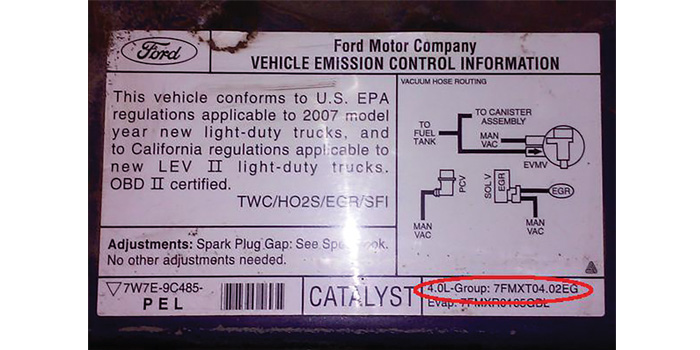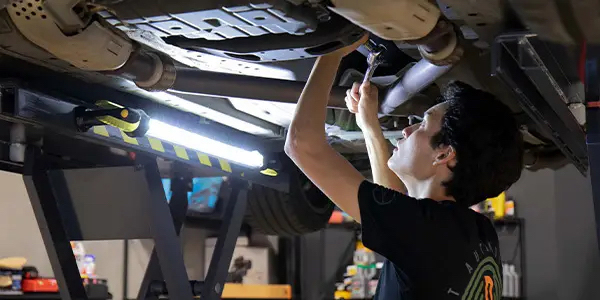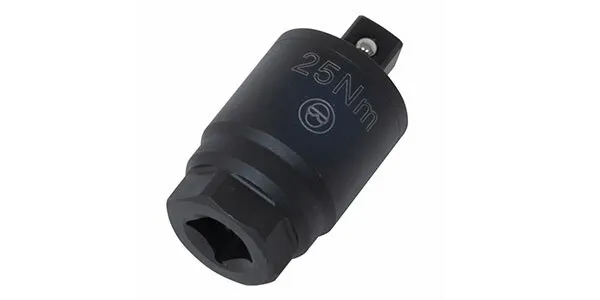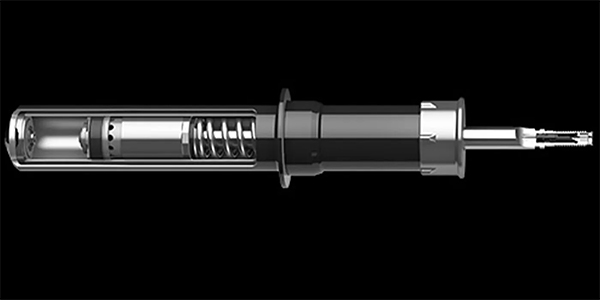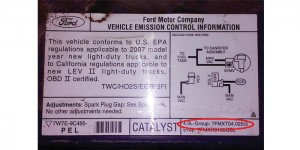 Last year, the New York Department of Environmental Conservation (NYDEC) followed California’s lead in regulating sales of aftermarket converters for vehicles with “50-state” emissions systems. Like California, we are now restricted to selling only CARB-certified converters for many late-model vehicles. The limited availability and increased cost of these converters makes it difficult for technicians to obtain aftermarket replacements because each individual part number must be certified, and CARB does not certify cats for vehicles less than six years old. For those of you outside the affected states of California and New York, keep reading, because this sort of legislation tends to bleed into other states, and may be coming your way soon. Fifteen states have already adopted the California new car emissions standards, and the push for nationwide acceptance of these standards is growing.
Last year, the New York Department of Environmental Conservation (NYDEC) followed California’s lead in regulating sales of aftermarket converters for vehicles with “50-state” emissions systems. Like California, we are now restricted to selling only CARB-certified converters for many late-model vehicles. The limited availability and increased cost of these converters makes it difficult for technicians to obtain aftermarket replacements because each individual part number must be certified, and CARB does not certify cats for vehicles less than six years old. For those of you outside the affected states of California and New York, keep reading, because this sort of legislation tends to bleed into other states, and may be coming your way soon. Fifteen states have already adopted the California new car emissions standards, and the push for nationwide acceptance of these standards is growing.
Best practices for converter sales have always included determining the emissions certification, but simple economics have often trumped these recommendations. For the sake of reduced SKU counts, many aftermarket manufacturers have offered converters that fit both “Federal” and “California” emissions vehicles licensed outside of California. To avoid the cost and red tape of CARB-certification, some converter suppliers chose to exit the California market altogether. Aside from a few “problem” applications, these direct-fit converters satisfy the requirements of most installers and vehicle owners. It used to be as easy as replacing a faulty converter or clearing the check engine light, and the customer would leave the shop happy. The only issue in replacing a converter was making sure it physically fit the vehicle, and the light stayed off. Those days are behind us now.
With the increasing population of the various low-emissions certified vehicles on the market, converters have become very application-specific. A converter, even if it “fits” the application, may not have sufficient catalyst to allow the vehicle to operate within the specification required for emissions compliance. In states that require IM240 “smog” testing, the wrong converter (even newly installed) can cause the vehicle to fail inspection. Even in non-compliance states, it is still important to determine the vehicle’s emissions certification before selling a converter. Both the EPA and CARB mandate that aftermarket converters carry a minimum warranty, in terms of time and mileage. This includes a 25,000- or 50,000-mile catalyst efficiency warranty as well as a structural warranty. Sale and installation of the incorrect converter may lead to premature failure, and a warranty claim that the manufacturer may not honor due to misapplication or improper installation.
The most practical way of determining this information is to look under the hood for the Vehicle Emission Control Information (VECI) label. Each manufacturer has a slightly different format for this information, but it always contains important wording that will indicate that the vehicle conforms to a specific set of criteria for the model year it was produced. If that wording includes the phrases “California” or “50-state,” it lets a technician or parts specialist know the vehicle meets these standards. This information is also useful for selecting oxygen sensors and other engine management components. In the case of CARB-approved converters, additional information in the form of an engine family number (EFN), found on the VECI label will be required for identification of the correct (and legal) replacement converter.
In addition to identifying the correct converter for the application, it is important to determine the cause of the original converter failure. Converters do not simply “fail” on their own, they need help. While severe corrosion or physical damage may be cause to replace an otherwise healthy converter, the failure is often internal. Overheated converters (due to rich fuel conditions, excessive backpressure or misfires) can lead to catalyst failure, even melting of the catalyst block! Converters may be “poisoned” by leaking fuel, coolant or oil, which deposit on the catalyst and prevent it from making contact with the exhaust stream it is supposed to be cleaning. Worn-out, broken or contaminated oxygen sensors may contribute to false codes that condemn a good converter to an early replacement, so sensors should be checked for proper operation before being reused with a new converter assembly.
Accurate diagnosis of converter failures and the proper selection of replacement converters are both critical to the repair process, but don’t forget that any underlying cause of poor engine performance or leakage that caused the original failure must be corrected before that replacement converter can effectively do its job!

